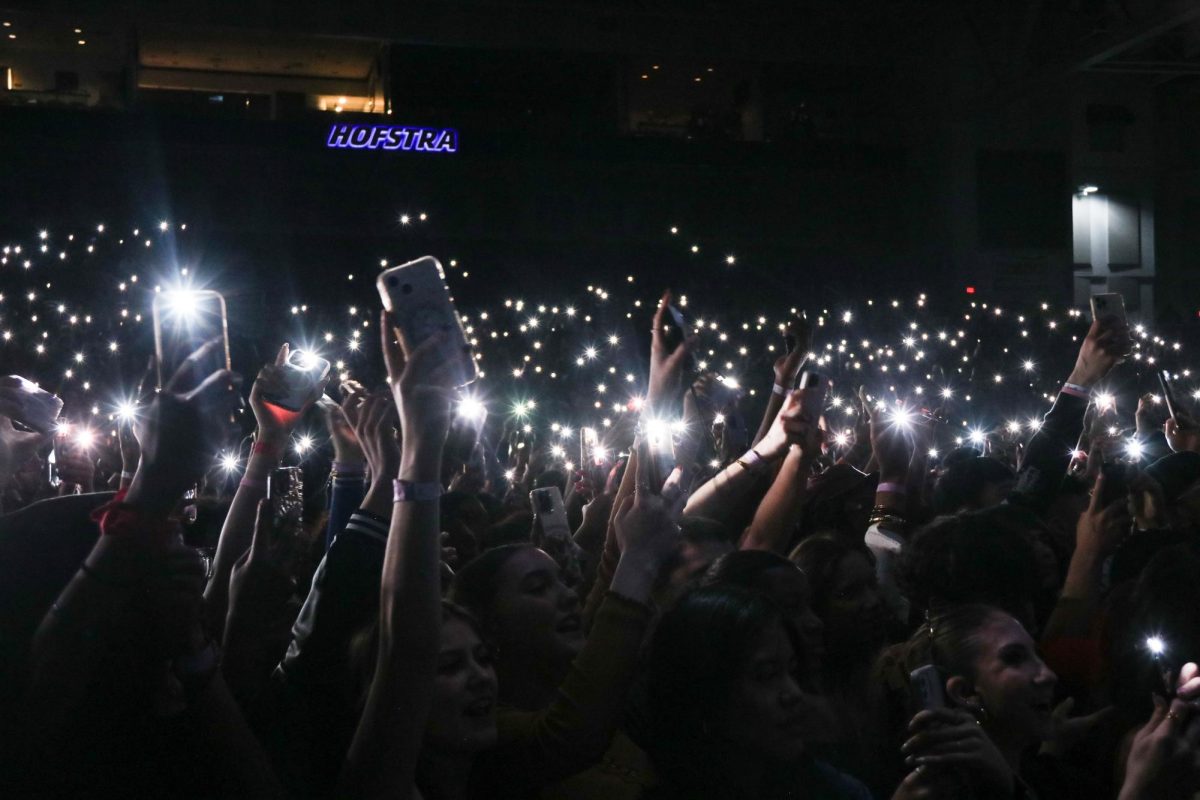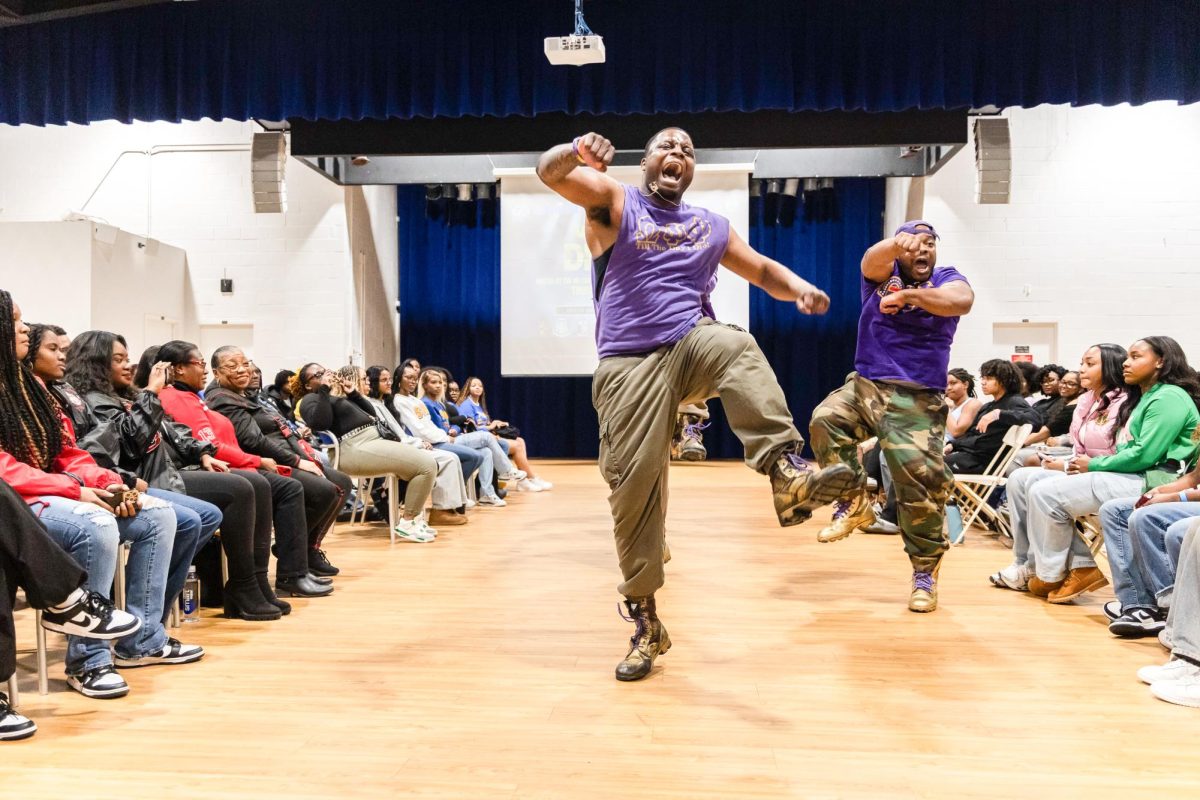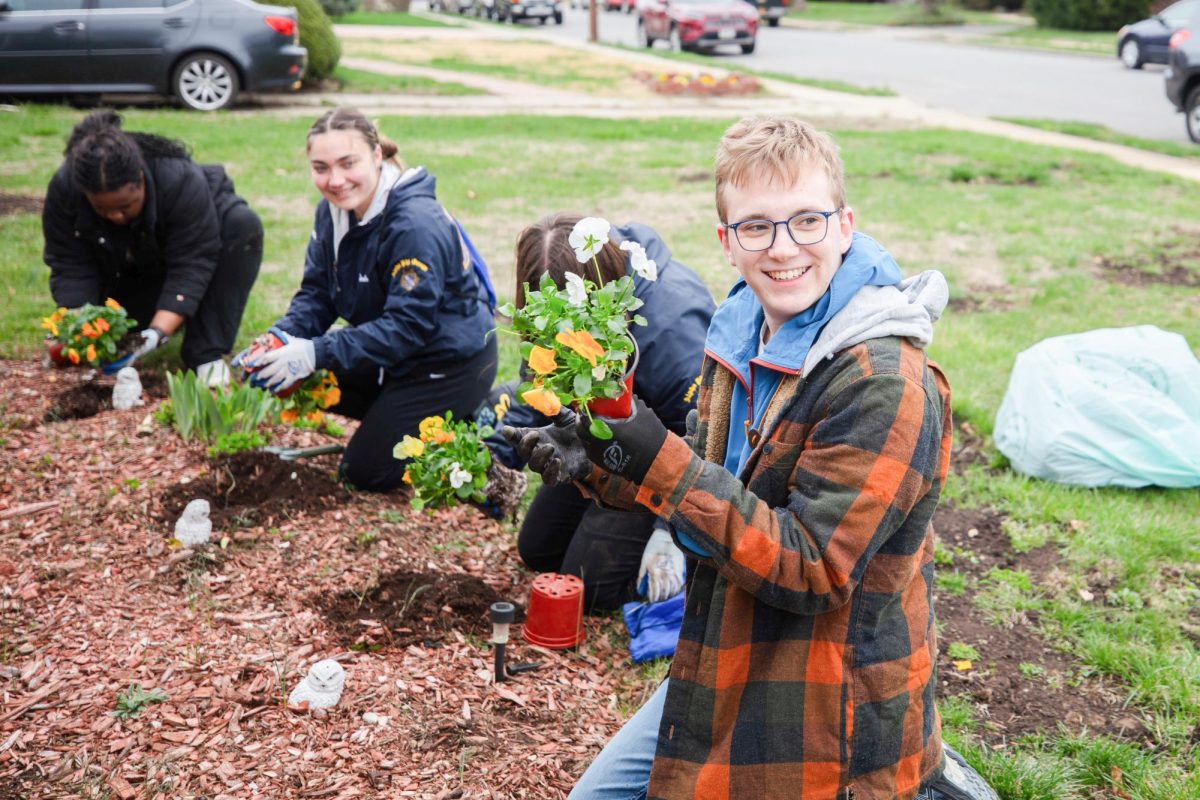By Kaeli Van Cott
STAFF WRITER
Myanmar, formerly known as Burma, is a country I legitimately knew nothing about before studying abroad, but it has easily become one of my favorite places. It’s a country in Southeast Asia that neighbors Bangladesh, India, China, Laos and Thailand. While visiting there, I flew up to Bagan; a place unlike anything I had ever seen before and yet I found it so inviting.
Before entering any pagodas, visitors were asked to remove their shoes as a sign of respect. It was a surreal experience to climb the brick stairs of the pagoda without any shoes on, but I wouldn’t have it any other way. Bagan itself could be described as endless dirt roads with the occasional pagoda. It’s the most spread out place I’ve ever seen and looks like an untouched place you might find in a history book.
Buddhist influence is everywhere in Myanmar, in the way that Catholicism, Christianity and Judaism, as well as other religious practices, influence American life. Even if a Burmese person decides to be a layperson, as most Burmese people become nuns or monks at some point in their lives, they can choose how long they want to do so. One of my tour guides, Bunny, became a nun for five days when she was younger to make her grandparents happy.
What was troubling about Myanmar though, was the government’s oppressive role in the lives of people. The country gained international coverage when the country’s pro-democracy leader, Aung San Suu Kyi, was placed under house arrest by the military government.
Being a traveler in a military-involved country like Myanmar proved to be difficult because any tourist was required to pay certain fees that surely went to support this government. I found myself constantly double thinking where I spent my money and trying my hardest to give back to everyday Burmese people instead of the government that hindered their rights.
Despite the government, the people in Myanmar were resilient and genuinely happy. Most Burmese women and even some men wore thanaka, a paste made from bark, on their faces, which helps to protect skin from the sun and is regarded as a traditional beauty trend there.
A woman in a market let me try thanaka myself and taught me how to apply it. That proved to me that people can be sweet and genuine even in a hectic place like a market, where most people try to forcefully sell foreigners things and lose their patience quickly.
Unan, a monk that I had the pleasure of meeting, described Myanmar as “a land of smiling people,” and he couldn’t have been more accurate.






